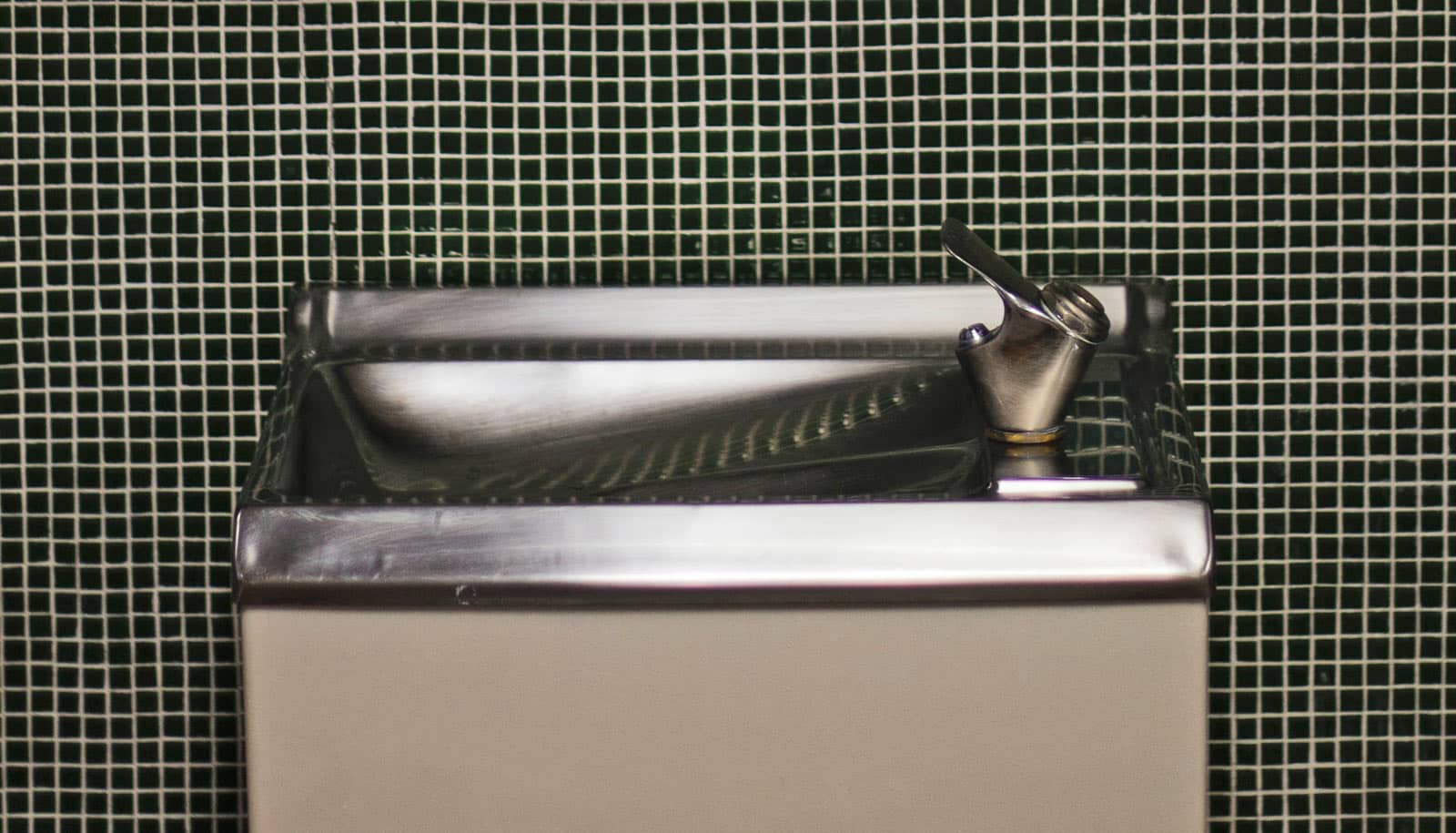New rules from the Environmental Protection Agency stand to put more than 35,000 kids in the United States at increased risk of lead poisoning, say researchers.
The EPA is moving to revise protective standards for dust lead levels on floors and windowsills in buildings constructed before 1978.
“Lead exposure presents a major risk to hundreds of thousands of children across the nation, and it’s imperative that federal EPA regulations offer a clear and consistent standard to reduce that risk,” says Joseph Braun, an associate professor of epidemiology at Brown University. “Currently, these standards are counterproductive to public health.”
EPA standards and the discrepancy
In 2019, the EPA tightened the standard for the amount of residential dust lead considered hazardous to children from 40 micrograms per square foot (µg/ft2) to 10 on floors, and from 250 µg/ft2 to 100 on windowsills. The change came after a federal appeals court ordered the agency to reduce dust lead hazard standards after a 2016 lawsuit filed by environmental groups.
Traditionally, the residential standard had been the same as the clearance standard for dust lead levels after completing lead abatement work—yet despite the more aggressive standard imposed after the court’s order, the EPA left the post-abatement clearance standard where it has stood since 2001. Both standards fall under the Toxic Substances Control Act, which authorizes EPA to impose restrictions related to chemical substances.
Conceivably, a risk assessment could identify a dust lead hazard above 10 µg/ft2 but below 40 µg/ft2 on the floor of a home where there is a child with lead poisoning. Braun, an expert on children’s environmental health, says an abatement contractor could theoretically do nothing, but given the discrepancy in standards, the unit would pass the clearance.
“When I read this, initially, I thought this is absolutely crazy,” Braun says.
So Braun and his coauthors wanted to find out how many extra cases of lead poisoning would result from the post-abatement clearance standard being higher than the dust lead hazard standard.
Their study, published in Pediatric Research, finds that children in homes with floor dust lead loadings between 10 and 40 µg/ft2 had nearly four times the risk of lead poisoning compared to children from homes with floor dust lead loadings at or under 10 µg/ft2.
They estimate that 36,700 cases of childhood lead poisoning—nearly 7% of US children between the ages of one and five with lead poisoning—were attributable to this regulatory discrepancy.
Hand to mouth
Dust from lead-based paint is a common cause of lead poisoning in young children, Braun says, and so the implications of the double standard are significant. Their greater hand-to-mouth behavior makes them vulnerable to lead exposure.
“I have a two-and-a half year old who puts everything in his mouth,” Braun says. “That’s how they explore their environment at this age.”
Lead poisoning can cause learning disabilities and behavioral problems that last a lifetime and affect kids from all social and economic levels, though those living at or below the poverty line in older housing are at greatest risk. Earlier work by Braun and his colleagues found higher blood lead levels and risk of lead poisoning among Black children compared to white.
For the new study, the researchers looked at 250 children from Cincinnati living in homes built before 1978—the year lead-based paints were banned for residential use—whose mothers participated in a longitudinal pregnancy and birth cohort study between 2003 and 2006.
Researchers took samples of floor and interior windowsill dust lead loadings with wipes over a one-square-foot area when participants joined the study, when their children turned one year old and again when they turned two. Blood samples were also collected from the children at these same times.
The study adds to a vast body of scientific research guiding housing and environmental policymakers. But Braun points out that the bulk of these studies were completed 20 and 30 years ago when lead exposure was much higher.
“The fact that we’re still seeing these relationships at contemporary levels of lead exposure indicates that this is still a significant problem, so that’s the real contribution here,” Braun says.
Reduce lead exposure
The EPA has issued a proposed rule to align the post-abatement clearance standard with the tighter standard revised in 2019. Its two-month public comment period ends on August 24. An EPA spokesperson says Braun’s study will be considered when developing a final rule along with all other feedback received.
Braun says the proposed change still won’t go far enough to protect children. In 2012, the US Centers for Disease Control and Prevention acknowledged there is no known safe blood lead level.
The study found children were at 45% higher risk of having blood poisoning at the newly revised floor dust lead hazards of 10 µg/ft2 compared to a more stringent standard of 5 µg/ft2.
“Reducing sources of lead exposure in children is imperative to optimize children’s health,” Braun says.
Braun’s coauthors included researchers from the University of Cincinnati College of Medicine, the National Center for Healthy Housing, the University of Illinois at Chicago, Macquarie University, and Simon Fraser University.
The Cincinnati-based longitudinal study had support from the National Institutes of Environmental Health Sciences and the US Environmental Protection Agency.
Source: Janine Weisman for Brown University


